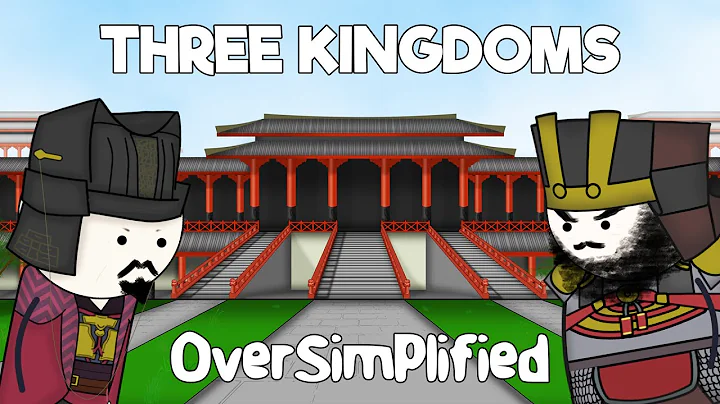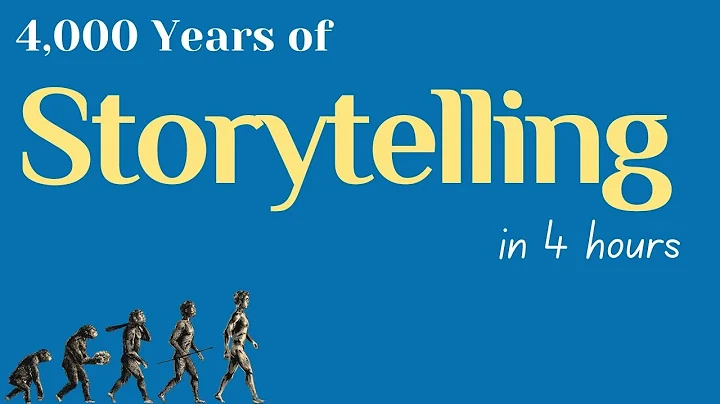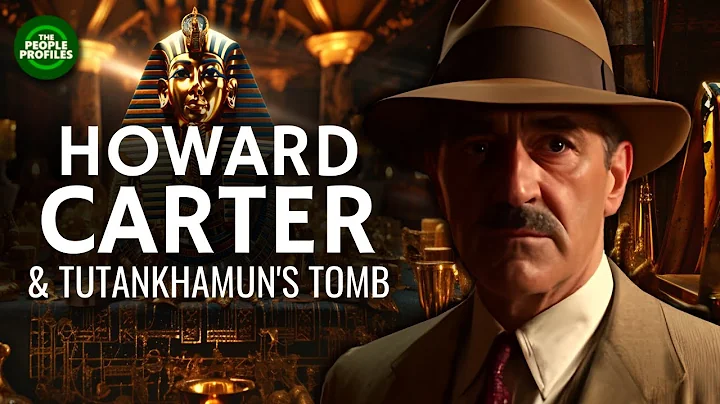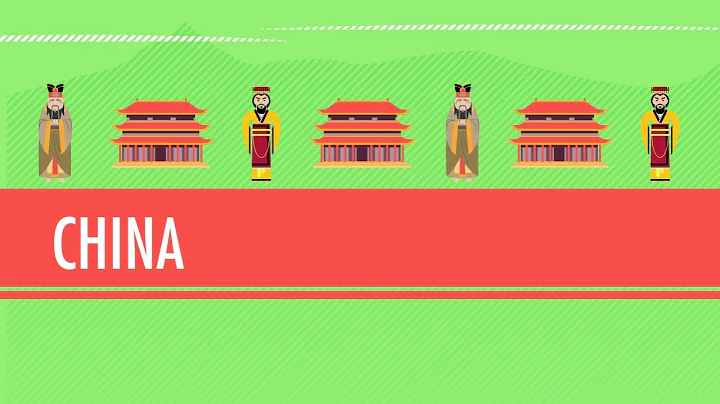During the Spring and Autumn Period and the Warring States Period, people attached great importance to the concept of hierarchy. Different levels required different rituals, not only during life but also after death.
More importantly, the ancient nobles hoped to continue their prosperity after death, so even after death, they would be buried with rich funerary objects in their tombs. The funerary objects included bronze vessels symbolizing status, and Gold, jade, etc. used during life.
The rich burial objects naturally attracted the attention of tomb robbers. In order to prevent tomb robbers from disturbing their peace after death, princes, generals and ministers would also consider anti-theft measures in the tombs.

The more typical ones are: Cao Cao 2 Suspicious Tomb, Qin Shihuang Mercury Underground Palace, Wu Zetian and Li Zhi special mausoleums, making tomb robbing like digging a mountain.
There is another type of tomb among them. Although it is also anti-theft, the difference is that it does not prevent people from finding the entrance to the underground palace. It is that even if the tomb robbers find the underground palace, it will be difficult to rob the tomb.
It is a tomb of sand and stone.

Ye County Ancient Tomb
In 2018, a regional flood occurred in the Shaoche River in Ye County, Henan Province. The flood destroyed a local mound, exposing a large number of stones.
In fact, people who are a little more sensitive to archeology will know that this mound is very strange. It is very flat all around. Only here the terrain is higher, so it is likely to be the sealing soil of a large tomb.

The archaeological team members who came after hearing the news also confirmed this, and because of the impact of the flood, the ancient tomb had been damaged, and rescue excavation was immediately carried out.
Let’s talk more here. Sometimes we already know the location of an ancient tomb, but the sealing of the ancient tomb and the form of the tomb can protect the tomb itself to the greatest extent. Therefore, if it is not destroyed or has great historical significance, general archaeologists Will not actively explore.
Not long after the excavation, archaeologists discovered that this ancient tomb was definitely unusual, because there were a large number of stones in the tomb seal, mostly weighing 400-500 kilograms, with the lightest weighing more than 200 kilograms and the heaviest weighing up to 900 kilograms. . There are no such stones in the nearby farmland, which means that these stones were deliberately placed by the tomb designers.

Not only that, there is fine sand in the gaps between the stones. It is close to the river. It is not surprising that the sand appears. What is unexpected is that the sand has been screened and the particle size is the same.
Seeing this, archaeologists realized that this ancient tomb was even more complicated, because it was the legendary "Tomb of Stones and Sand."
The Jishijisha Tomb is the most sinister tomb in my country and one of the most terrifying types of tombs for tomb robbers. To say it is a murderous tomb is not because the owner of the tomb pretended to be a corpse, but because when tomb robbers robbed tombs filled with rocks and sand, they often never returned.

Jishijisha tomb means people put stones and yellow sand on the upper layer of the tomb seal. The stones can prevent tomb robbers from robbing the tomb from above. However, some tomb robbers will dig holes from the side of the tomb and take a detour to approach the main tomb. Yellow sand is very mobile. When a robber hole appears above the coffin, the yellow sand will drive the stones and smash into the robber hole, causing the tomb robber to die or give up robbing the tomb.
The Chu Tomb of Guozhuang is a large tomb of stones and sand. Over the past thousands of years, 22 robber holes of various sizes have appeared in the tomb, 18 of which have entered the core area of the tomb chamber. The most serious one has encountered " The poisonous hands of "The Emperor of the Eastern Han Dynasty" severely damaged the tomb's coffin, but even so, more than 1,000 cultural relics of various sizes were unearthed. One can imagine how good the anti-theft measures are.

What’s even more rare is that this ancient tomb in Ye County, Henan is not just a sand and stone tomb, but an ancient tomb with five layers of anti-theft measures. It can be said that it was prepared for anti-theft from the beginning.
- The first and second layers of the anti-theft system are stones and sand;
- The third layer is a stone wall made of stone;
- The fourth layer is "concrete" mixed with rice slurry. Of course, the ancients did not master modern concrete. However, they also know that the soil mixed with rice milk is stronger than the soil mixed with water and is difficult for tomb robbers to penetrate.
- The fifth floor is the Kang mat, which is spread on the top of the coffin.

The ancient tomb in Yexian County, which has a five-layer anti-theft system, has naturally become a "violent tomb". This can also be seen from the robbery holes in the tomb. The archaeological team unearthed many robbery holes while cleaning the ancient tomb. Explosives even appeared in some of the robber holes, but fortunately, many of the robber holes did not get close to the tomb chamber, which fully verified how complete the anti-theft system of the ancient tomb was.

But unfortunately, this ancient tomb was still stolen. It suffered a disaster during the Eastern Han Dynasty, and all the valuables in the tomb were stolen.
In fact, many thousand-year-old tombs were stolen during the Eastern Han Dynasty. This was related to the chaos in the world at that time. At that time, Cao Cao also built an army. In order to raise military pay, he went around robbing tombs. Many large tombs from the Spring and Autumn Period and the Warring States Period were robbed. Although it is not yet known who robbed this ancient tomb, the people who stole the stone and sand tomb during the Eastern Han Dynasty were definitely not just one or two ordinary tomb robbers.

Who is the owner of the tomb?
Although the ancient tombs were robbed as early as the Eastern Han Dynasty and left archaeological experts with limited information, the experts did not give up. During the continued excavation, they unearthed gold foil and turquoise, and some that had decayed and could not be seen. Remaining wood that showed its original appearance.
Archaeological experts said that although the stone and sand tombs can prevent theft, they are very detrimental to the preservation of the tombs. This ancient tomb is located near the Shaoche River. When the Shaoche River floods, it will be submerged. The gaps between the sand and stones can leak water, allowing the tomb to maintain a semi-humid environment.
As the saying goes "It is dry for thousands of years, wet for ten thousand years, and it only takes half a year to be dry or wet." In a humid environment, easily perishable products have turned into soil, and the original form cannot be seen.

However, archaeological experts judged based on the location and shape of the gold foil that a large number of lacquerware should be buried in the tomb. Lacquerware is a product of the nobles. Because it is not easy to make, it has always been a representative of the upper class.
In addition, a chariot and horse pit was also unearthed near this ancient tomb. There were multiple horse head remains in the chariot and horse pit, arranged in four heads. The ancients had a strict hierarchy and the number of carriages also had strict requirements: The emperor drove six , the princes drive five, the ministers four, the officials three, the scholars two, and the common people one.
Although etiquette and music collapsed during the Spring and Autumn Period, and transgressions occurred from time to time, most still abide by this hierarchy. According to this regulation, the owner of this tomb should be a "Qing".

Secondly, there is only one tomb passage in the stone and sand tomb, which is "A"-shaped tomb. Among them, the emperor used the "Ya"-shaped tomb, and the princes used the "中"-shaped tomb. The owner of the "A"-shaped tomb was of a lower level, in line with Qing's level.

In addition, bronze weapons were also found in the tomb, which also shows that the owner of the tomb is a male and may be a warrior.

Who is the owner of this tomb?
The most useful information that can be used to determine the owner of the tomb is the inscription, but unfortunately no cultural relics with text have been excavated in the ancient tomb. Moreover, because of the serious robberies, there are few cultural relics in the tomb and the amount of information is limited. The tomb is not known yet. Who is the master.
However, archaeological experts believe that this ancient tomb is probably Ye Cemetery . The person we usually call "Ye Gong loves dragons" is one of the Ye Gongs.

Ye Gong is a noble of Chu State Ye District, and Ye District is bordered by Chu State and the vassal states of the Zhou royal family. There will be a lot of conflicts between the two different cultures. The conflict even caused Ye District to become a "battlefield". The State of Chu even built the Great Wall here to protect it from surrounding countries.
It can be seen from this that the geographical location of Ye Di is very important. Ye Gong should not be an ordinary noble, but the first line of defense to prevent other surrounding countries from attacking Chu State, so there may be a large number of weapons in the ancient tomb.
It’s just that it’s impossible to verify which Ye Gong the owner of the tomb is. Perhaps without tomb robbers from the Eastern Han Dynasty, we could unravel this secret from thousands of years ago.
#河南# #pingdingshantoutiao# #archeology#





















